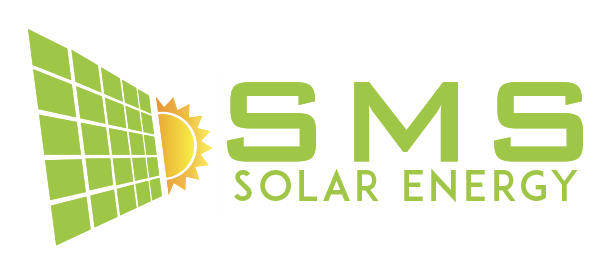Solar rooftop systems are solar power generation systems that are installed on the roof of a building. Here are some common specifications of a solar rooftop system:
- Solar panels: The solar panels used in a rooftop system are usually made of monocrystalline or polycrystalline silicon and have a power output of between 250 to 400 watts. The number of panels used will depend on the energy requirements of the building.
- Inverter: The inverter used in a rooftop system converts the DC electricity generated by the solar panels into AC electricity that can be used to power household appliances. The capacity of the inverter will depend on the energy requirements of the building.
- Mounting structure: The mounting structure used to install the solar panels on the rooftop must be strong enough to withstand wind and weather conditions. The structure can be either fixed or adjustable, depending on the roof pitch and orientation.
- Wiring and installation: The wiring and installation of the solar rooftop system must comply with local regulations and safety standards. The system should be installed by a qualified and experienced technician.
- Monitoring system: A monitoring system may be included in the solar rooftop system to track the performance of the system and alert the user to any faults or problems.
- Grid-tie capability: The rooftop system can be connected to the electrical grid to allow excess energy produced by the solar panels to be fed back into the grid.
- Battery backup: The rooftop system can be equipped with a battery backup system to store excess energy generated by the solar panels for later use.
- Size and weight: The size and weight of the rooftop system will depend on the energy requirements of the building and the number of solar panels required.
- Efficiency: The efficiency of a solar rooftop system ranges between 15% to 20%, depending on the quality of the solar panels and the inverter.
- Maintenance: Regular maintenance is required to ensure the optimal performance and longevity of the solar rooftop system. This includes cleaning the solar panels, checking the battery backup system, and testing the system for faults.


